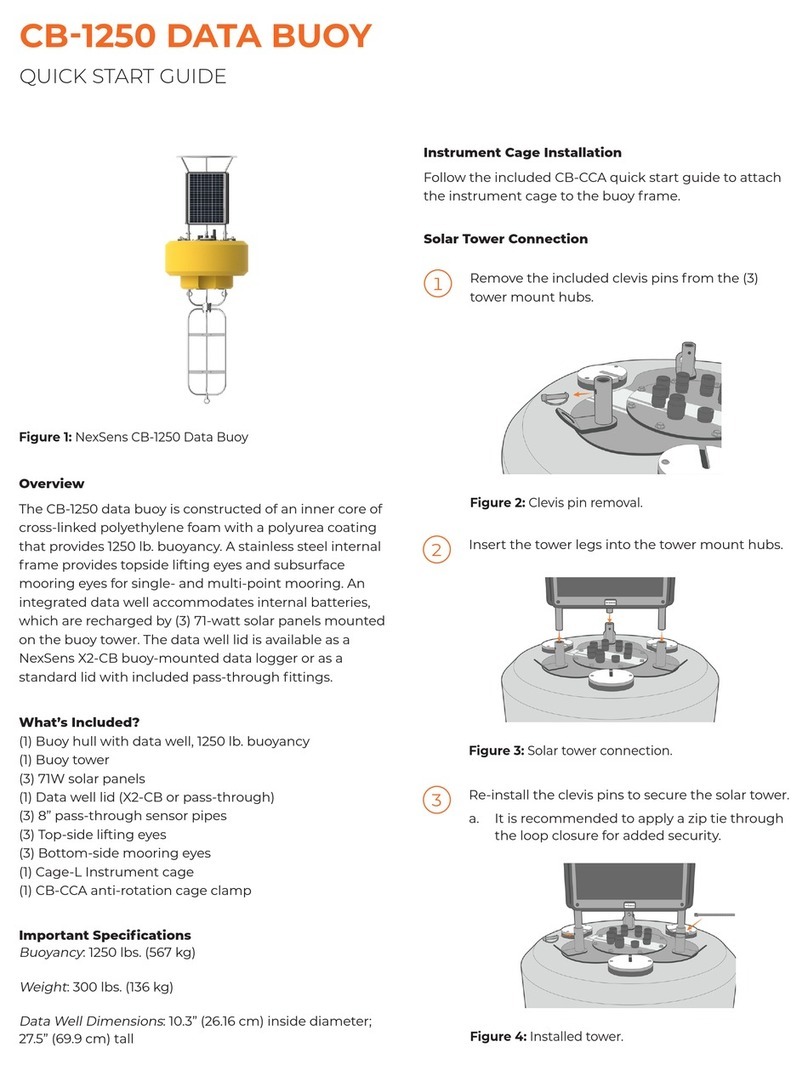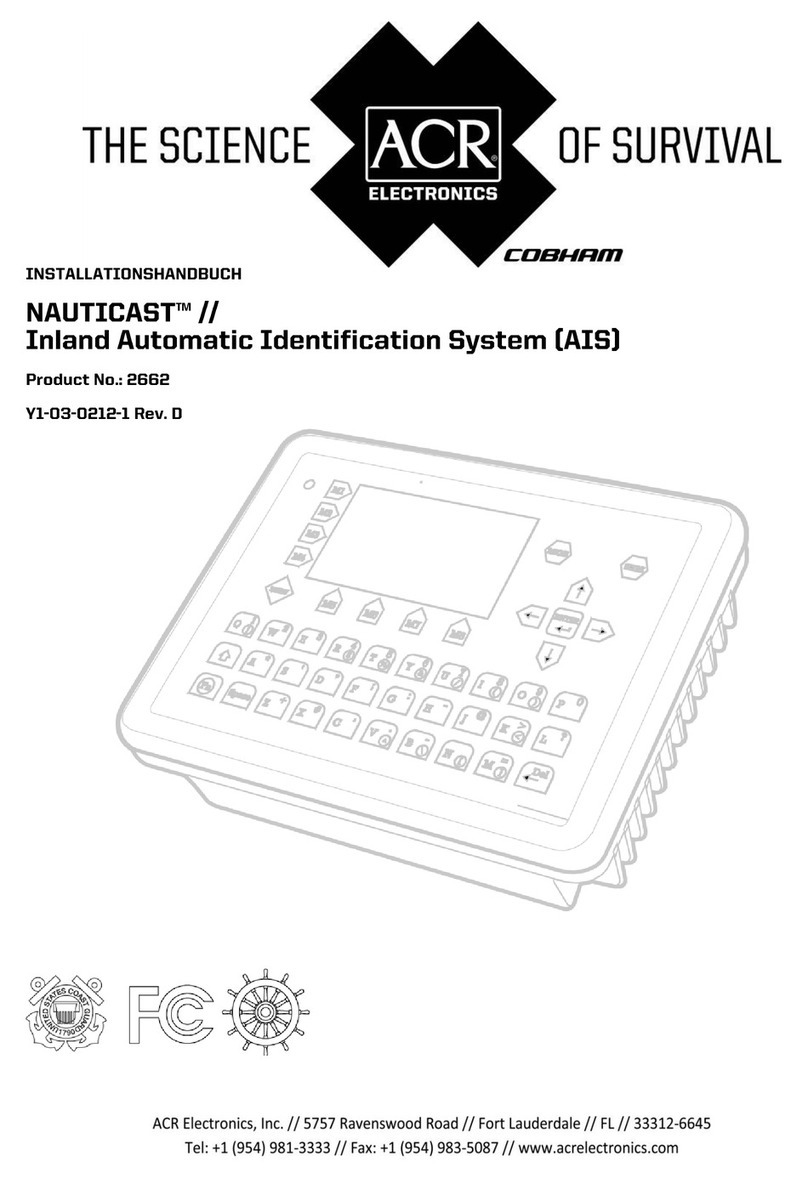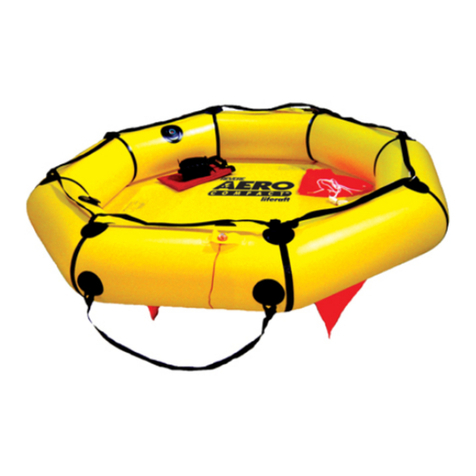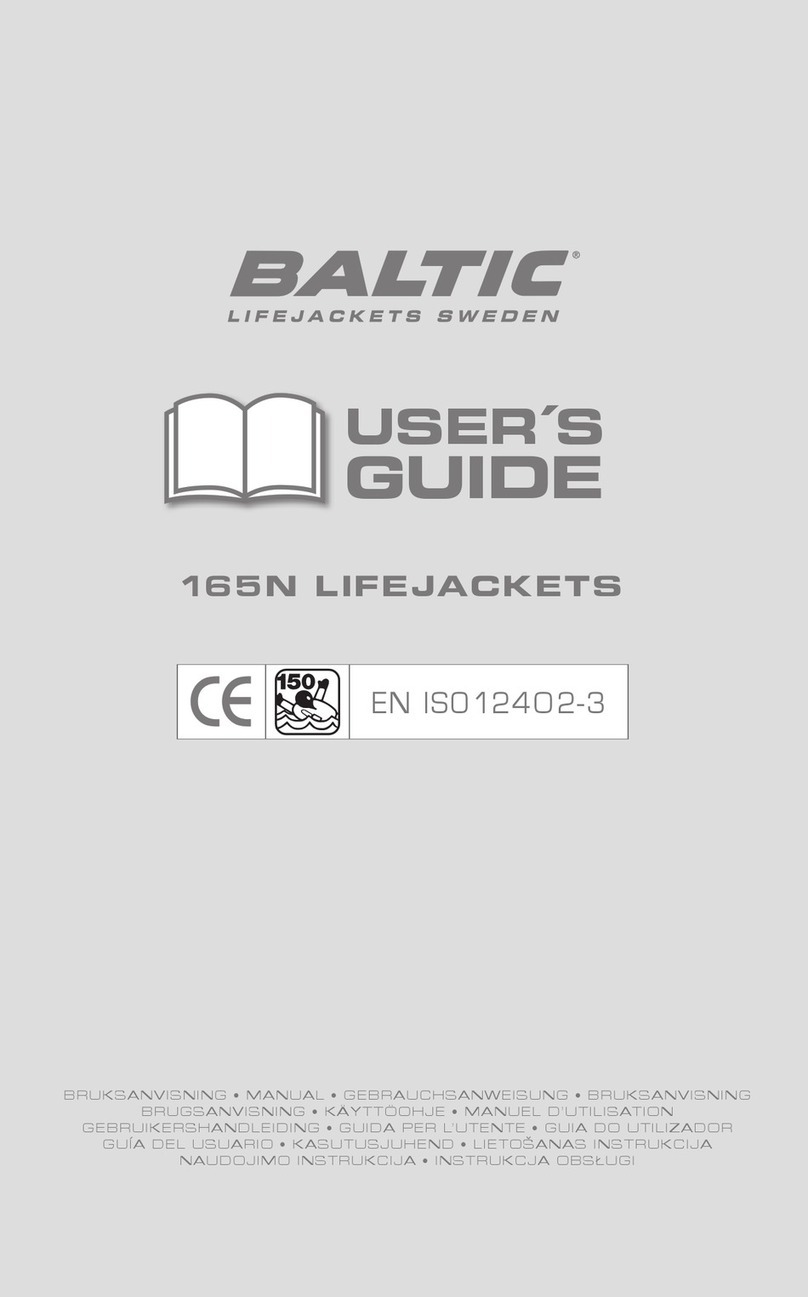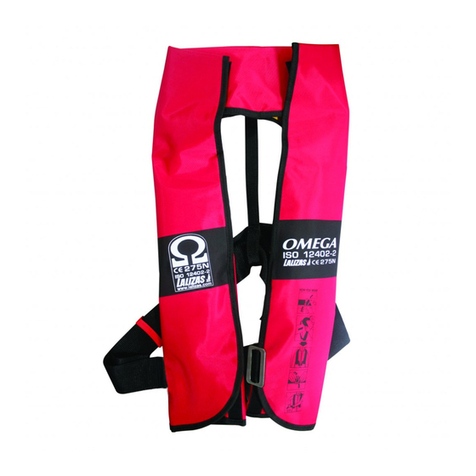NexSens CB-50 Data Buoy User manual
Other NexSens Marine Safety Device manuals
Popular Marine Safety Device manuals by other brands

Stearns
Stearns 1189 owner's manual

ACR Electronics
ACR Electronics L8-5 quick start guide
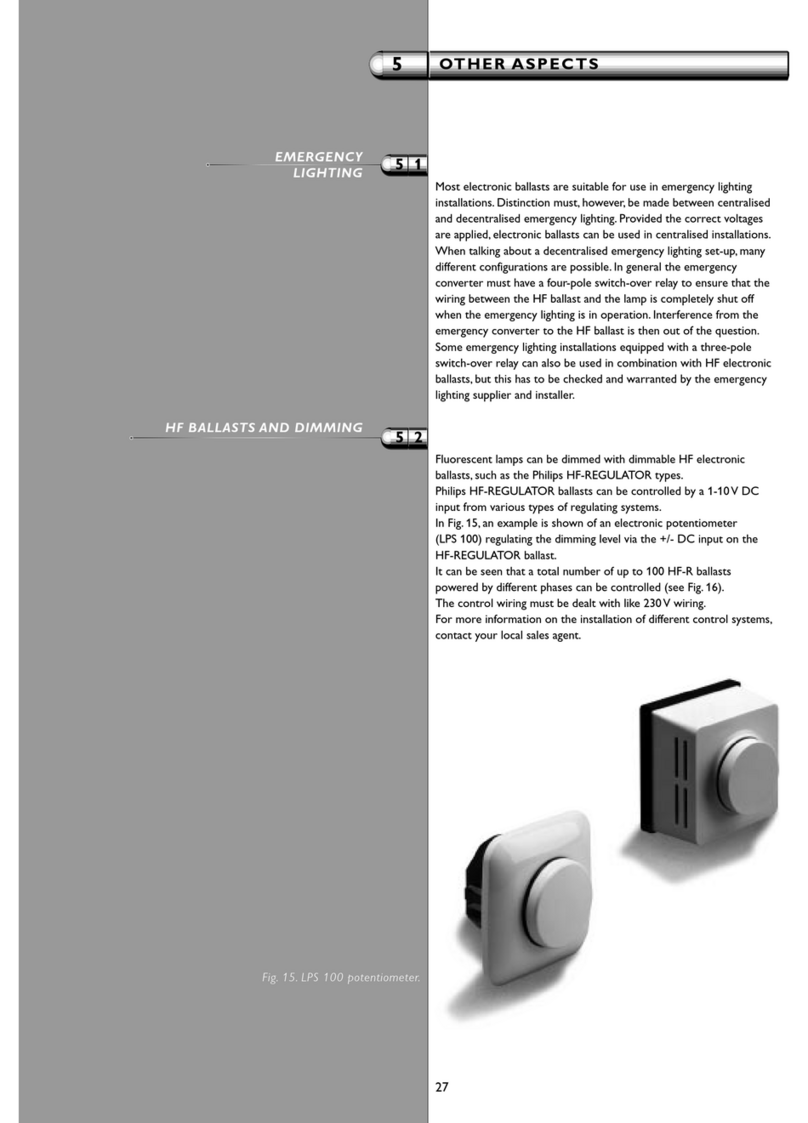
Philips
Philips LPS 100 Features & aspects
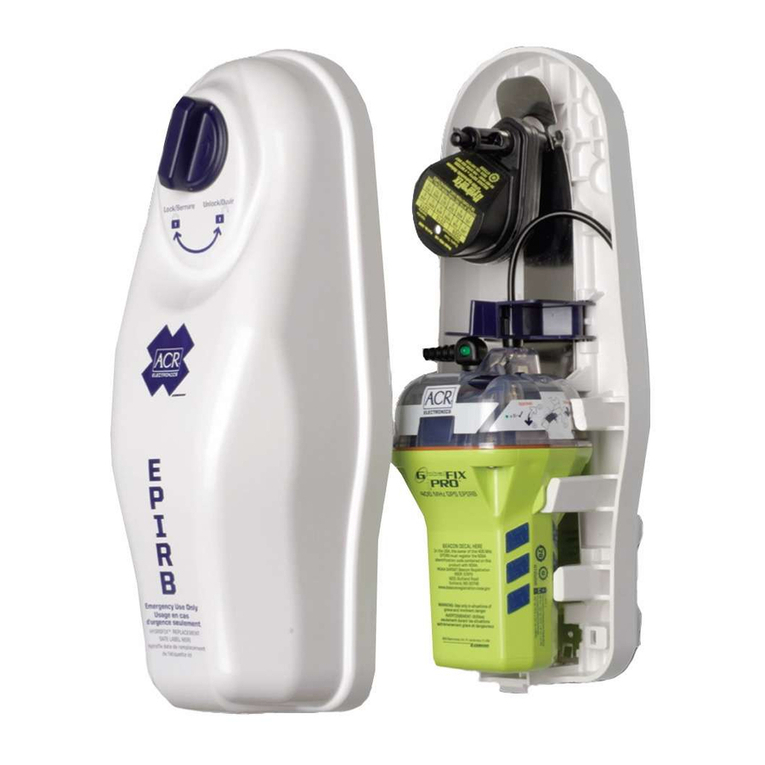
ACR Electronics
ACR Electronics GlobalFix 2842 Product support manual
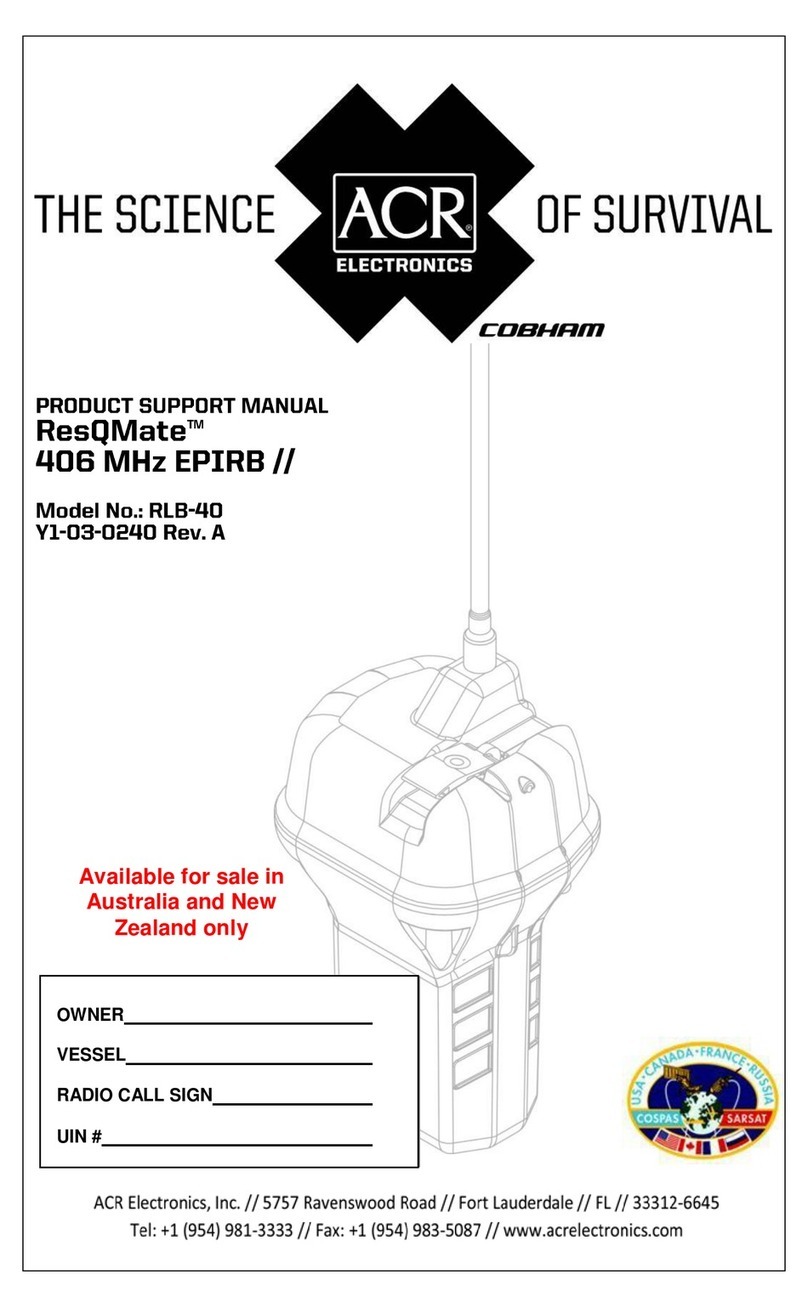
ACR Electronics
ACR Electronics ResQMate RLB-40 Product support manual
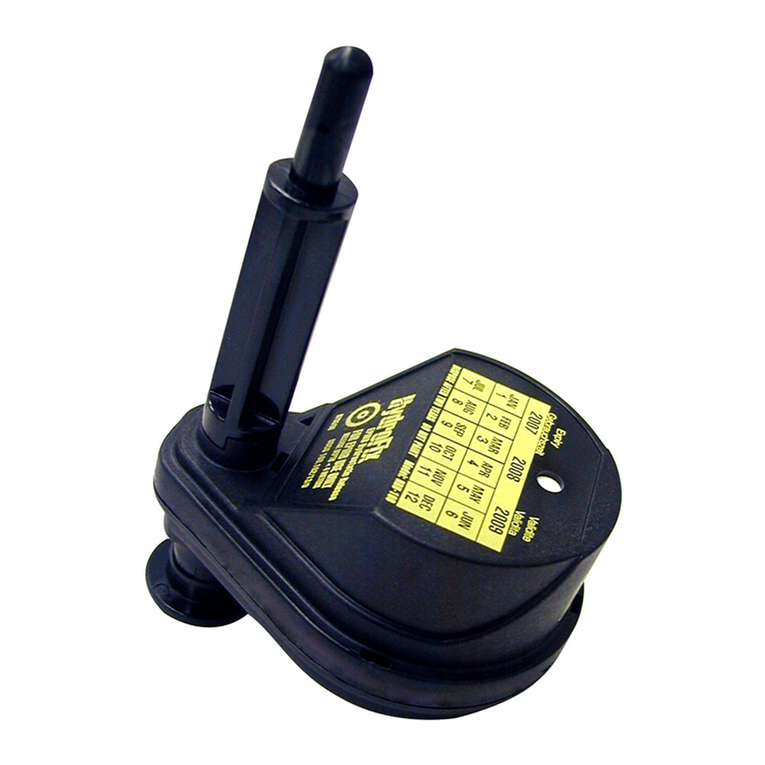
ACR Electronics
ACR Electronics HydroFix 9490 Installation procedures
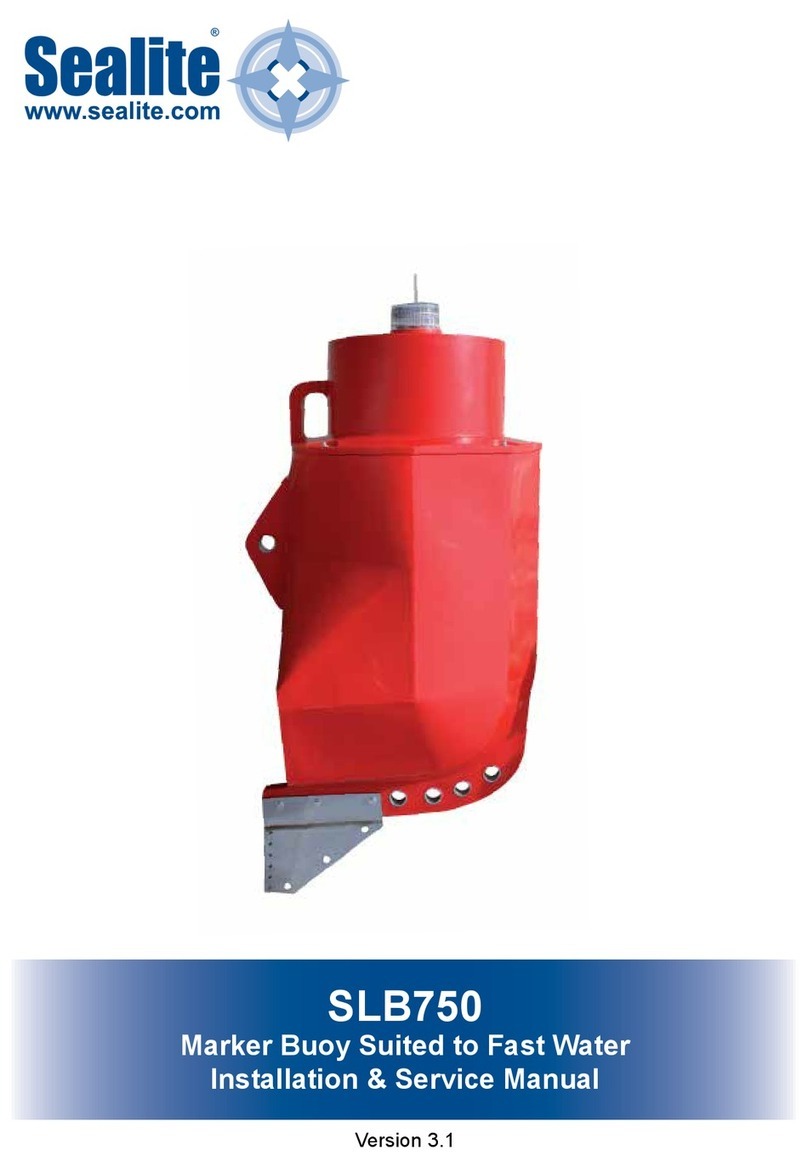
Sealite
Sealite SLB750 Installation & service manual

Sealite
Sealite SL-B1250 Installation & service manual
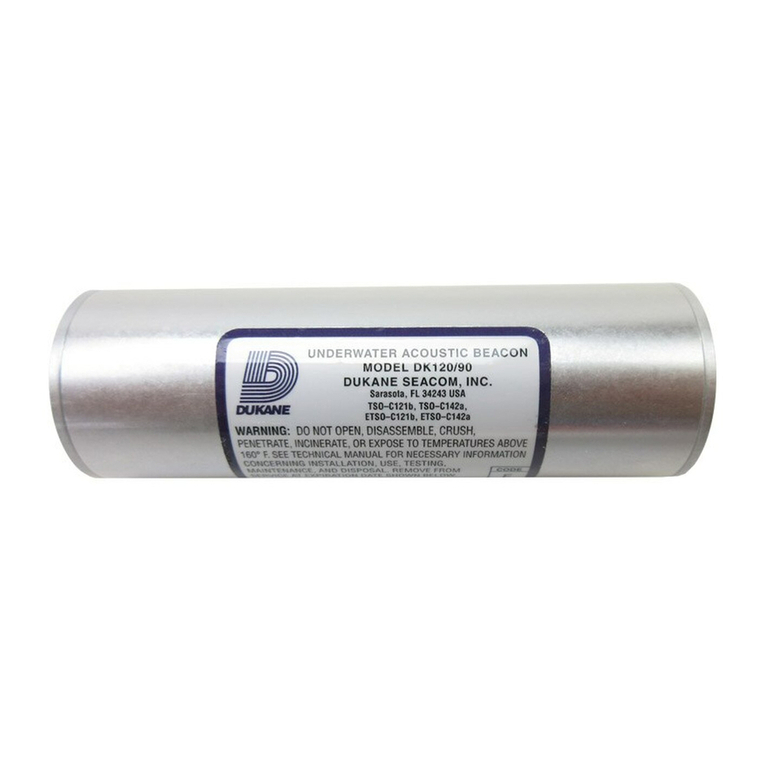
Dukane
Dukane DK100 Technical manual

Whelen Engineering Company
Whelen Engineering Company WPA3FM installation guide
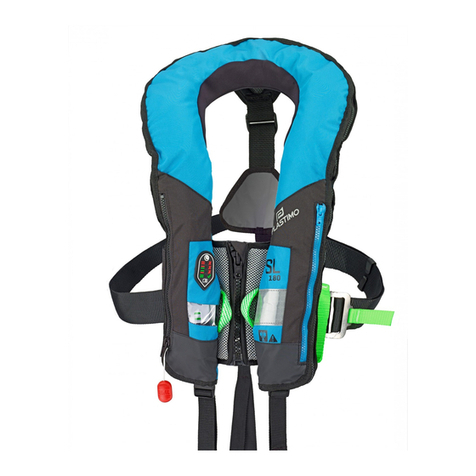
Plastimo
Plastimo SL180 owner's manual
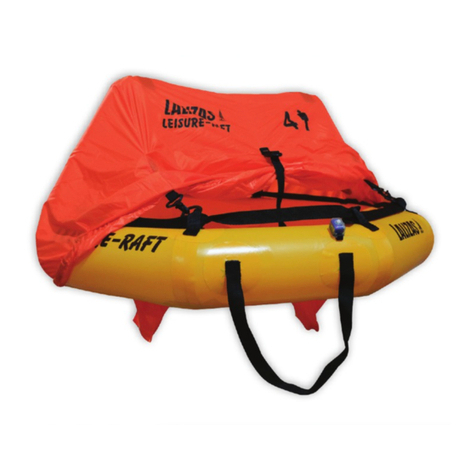
Lalizas
Lalizas LEISURE-RAFT Owner's Manual & Log Book

